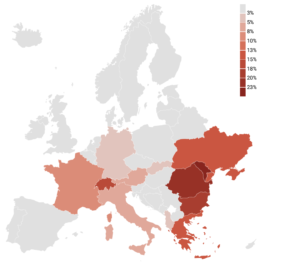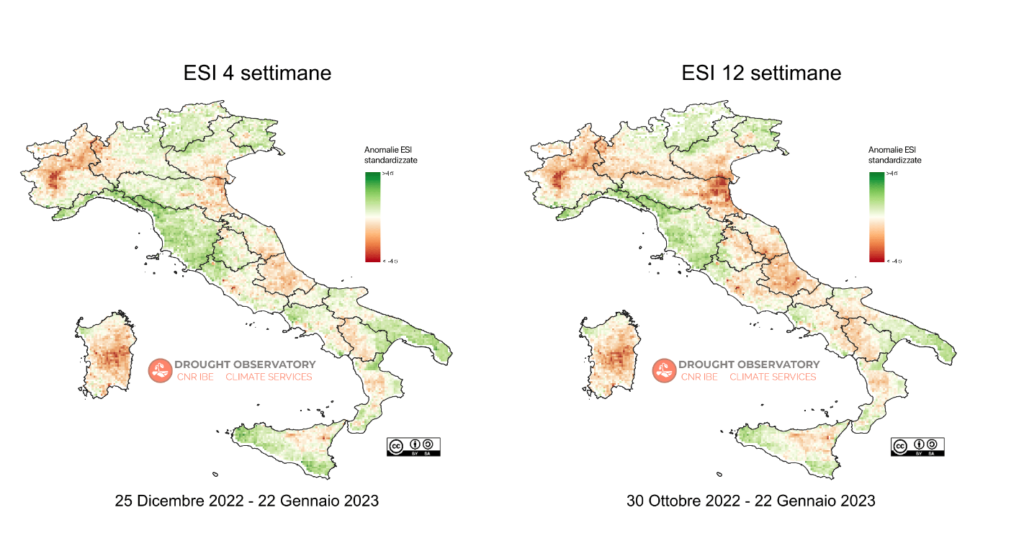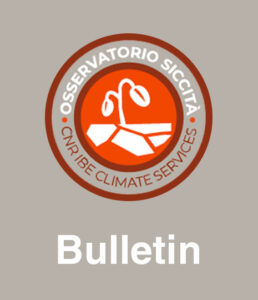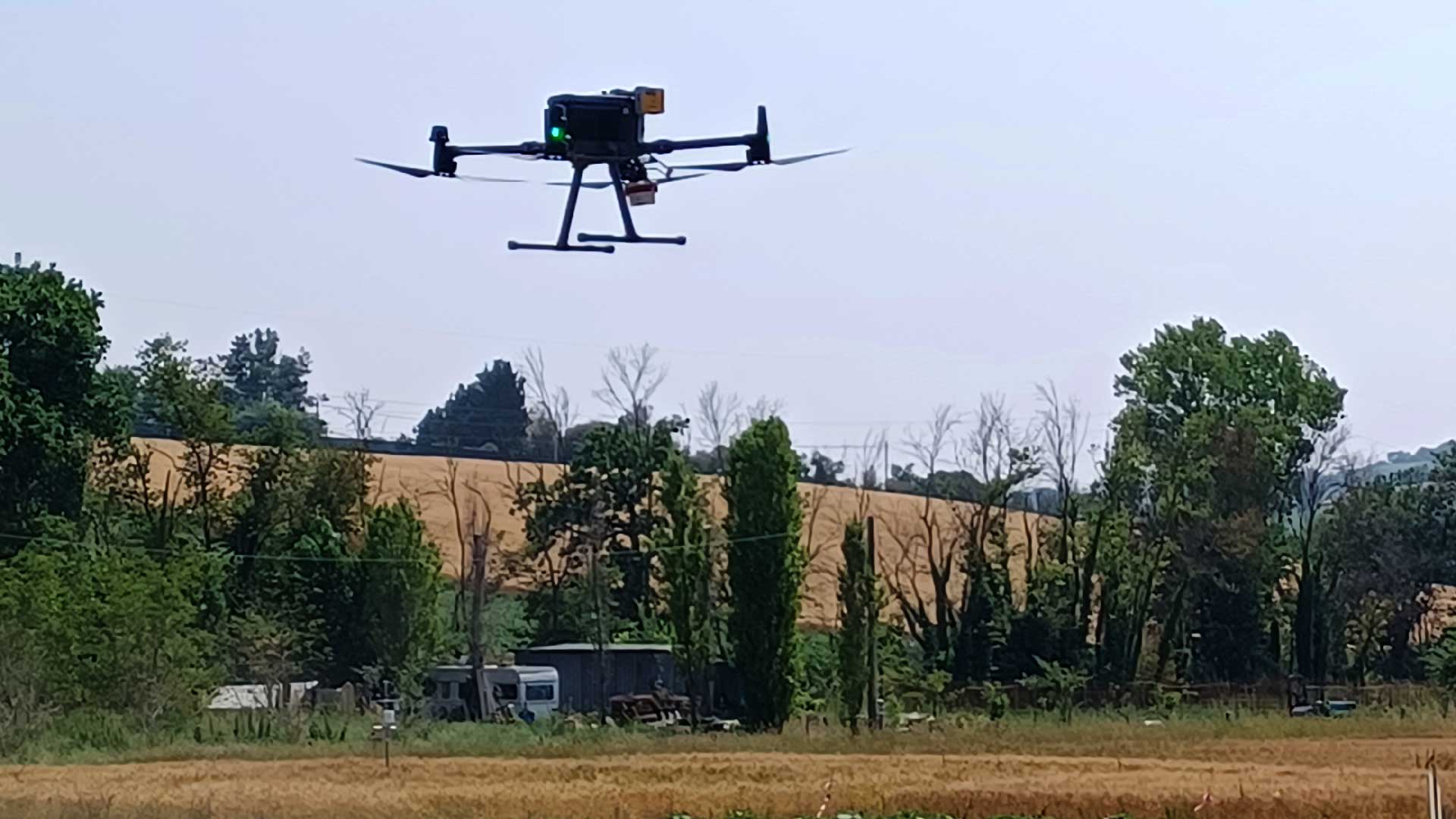2As the new year begins, Italy and several European countries continue to face the consequences of over a year of drought and record-breaking temperatures. Despite recent rainfall, severe to extreme long-term rainfall deficits still persist, with the northern regions of Italy being hit the hardest. The situation has left large lakes and major rivers in the north struggling, while the agricultural sector continues to suffer.

An overview of the European situation
2023 opens on the heels of over a year of drought and record temperatures not only in Italy but in several European countries. At the end of January, the percentage of European territory affected by severe to extreme rainfall deficits is still present, especially in the east, as well as the stress due to evapotranspiration, which is once again particularly strong in the northwest and Adriatic part of the Po Valley in Italy. Due to the lack of rainfall and above-average temperatures, the large lakes and major rivers in the north, including the Po, which continues to be below last year’s levels, are still suffering.
The snow scarcity
The snowfall at the end of the month, after several weeks, is not enough to reach the average values of the decade from 2011 to 2021, especially in the Alps, while the amount was much more significant in the central regions after almost a total absence in December (source: CIMA Foundation). A stock of snow that is essential to supply rivers and lakes with water in the hottest seasons, but which is still not enough to make up for the deficit created in the previous season.
Above-average temperatures and rainfall deficit
An indication of the rapid evolution of surface soil moisture and crop stress conditions is the Evaporative Stress Index (ESI), which measures standardized temporal anomalies in the ratio between actual and potential evapotranspiration. The index values, calculated for short time periods (e.g., 4 weeks), provide indications of rapid changes, while longer time aggregations (e.g., 12 weeks) represent slower changes. The Evaporative Stress Index related to the process of evapotranspiration of bare soil and vegetation during the four weeks from the end of December to the second decade of January shows that above-average temperatures (excluding the last few days of the month, when there were snowfalls and therefore lower temperatures) continue to combine negatively with the rainfall deficit, even though, compared to the values accumulated over 12 weeks (from November to January 22), the area affected in central-southern Italy and the central Po Valley is lower.

North Italy exposure to drought
At the regional level, the north is in the grip of drought. A drought that dates back to 2021 and that the recent rainfall has not yet been able to fill, as it has been concentrated mainly in central and southern Italy. Almost half of the Piedmontese territory is still affected by severe to extreme long-term rainfall deficits, other northern regions are also around 30% (almost 45% in Valle d’Aosta), and Emilia Romagna is around 20%. The largest areas exposed to severe to extreme long-term drought are the agricultural land, the irrigated crops, the rice paddies, and the pastures. Over the long and the very long term, respectively, 6% and 15% of the population could still be exposed to severe to extreme drought. The percentages rise up to 30% and 35% if considering the moderate drought.









